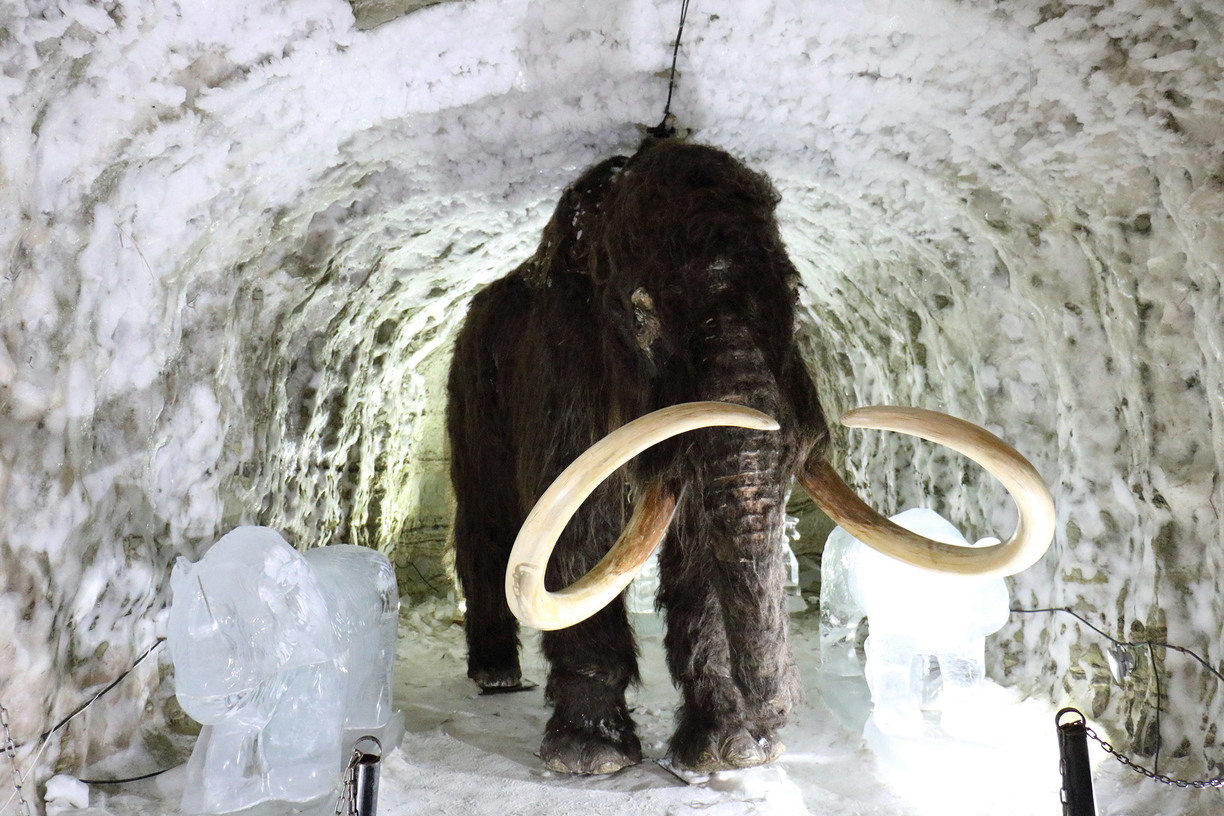
There are plans in Russia to revive the mammoth to mitigate the greenhouse effect. Model of mammoth in Yakutsk, Siberia. Photo: Torill Kornfeldt
23 February 2022
Do we want to save endangered species with biotechnology?
Jurassic park is hardly feasible in reality, or even desirable. But today, biotechnology has come so far that it will soon be possible to recreate extinct species, and there are far-reaching plans to do so. In a research project at Luleå University of Technology, the attitude to using biotechnology to restore populations of endangered and extinct species will be investigated.
“ I would think that people in general have a poor knowledge of how far biotechnology has actually come, says Jesper Stage, professor of economics and project manager.”
Experimental activities are already underway where individuals from endangered species are cloned or in vitro fertilized and the fetus is placed in surrogate mothers from related species. Two current examples are the black-footed ferret in the United States and the northern white rhino in Kenya. In Sweden, biotechnology could be a solution to strengthen the endangered eel and arctic fox.
Recreate the mammoth
In the near future, it will probably be possible to recreate completely extinct species with the help of genetic engineering. Among other things, attempts are being made to bring the mammoth to life in order to reintroduce it into the Siberian ecosystem. The idea is that the mammoth, through grazing, will hold back the afforestation of the tundra. In this way, the permafrost is prevented from thawing and releasing the greenhouse gas methane.
To date, there is very little research on the public's attitude to using biotechnology in this way. The research project raises questions about what people perceive as natural and what consequences these perceptions may have.
The researchers will use focus groups and questionnaires to study attitudes. Using election experiments, they will study whether and how attitudes are affected by which method (eg in vitro fertilization, cloning or genetic modification) is used, how information about the possibilities of biotechnology affects vision in more traditional ways to protect endangered species and how it affects environmental technology in general.
Willingness to pay shows the attitude
They will use methodological tools from economics. By studying the difference in willingness to pay between, for example, nature conservation that uses two different biotechnological methods, they get a picture of the attitude towards them.
“ What we perceive as natural is a social construction. Perhaps some in the survey group will find it unnatural to recreate or save animal species in this way. In that case, their willingness to pay will be low,” says Jesper Stage.
He also believes that there is a risk that humans will stop worrying about mass extinction based on a misconception that it is easy to recreate the species again. The risk is also imminent that the commitment to "cute mammals" will be greater than for unknown insect species and amphibians that can play a crucial role in the ecosystem. It is also not certain that the reintroduction of an endangered or extinct species is always feasible or desirable in an ecosystem.
Extinct species become invasive
“ The ecosystem from which the species has disappeared may have found a new equilibrium which means that the extinct species either does not survive in the new environment or on the contrary becomes an invasive species. Such complications can also affect attitudes towards the new technology.”
Jesper Stage believes that people in general are more likely to want to recreate species whose extinction humans are to blame for than species that have disappeared for other reasons.
“ The notion of the value of a nature untouched by man is probably a value held high among many of us.”
In addition to Jesper Stage, Kristina Ek and Torill Kornfeldt are participating in the project. Kristina Ek is an assistant professor of economics at Luleå University of Technology. Torill Kornfeldt is a biologist, science journalist and author of Mammut's return.
The project has been granted with research funding from Formas of SEK 2994732 over a three-year period.
Published:
Updated:
